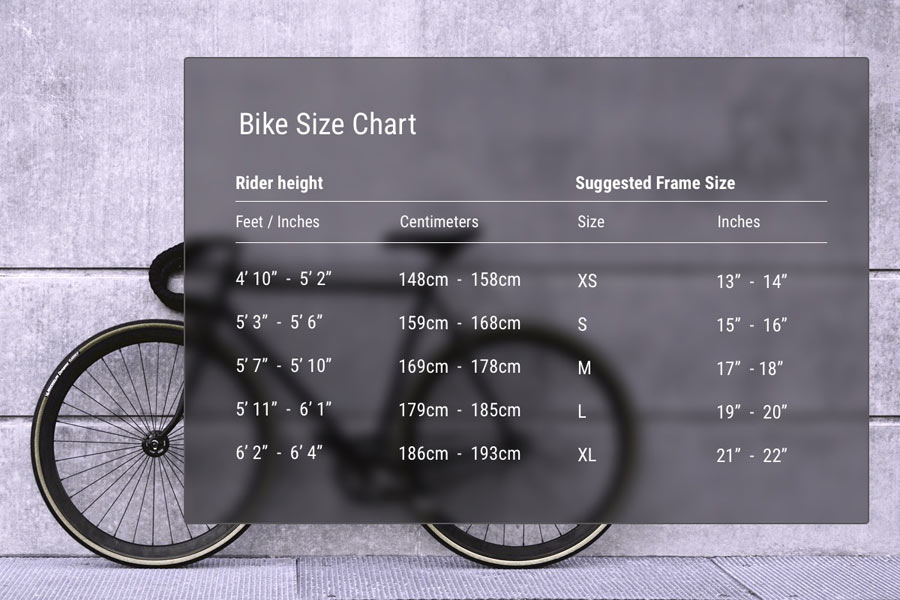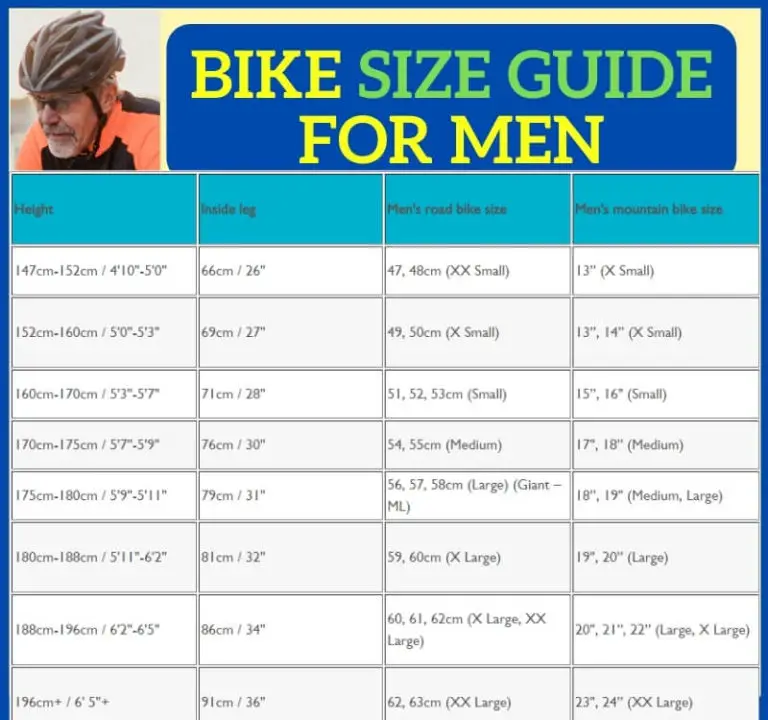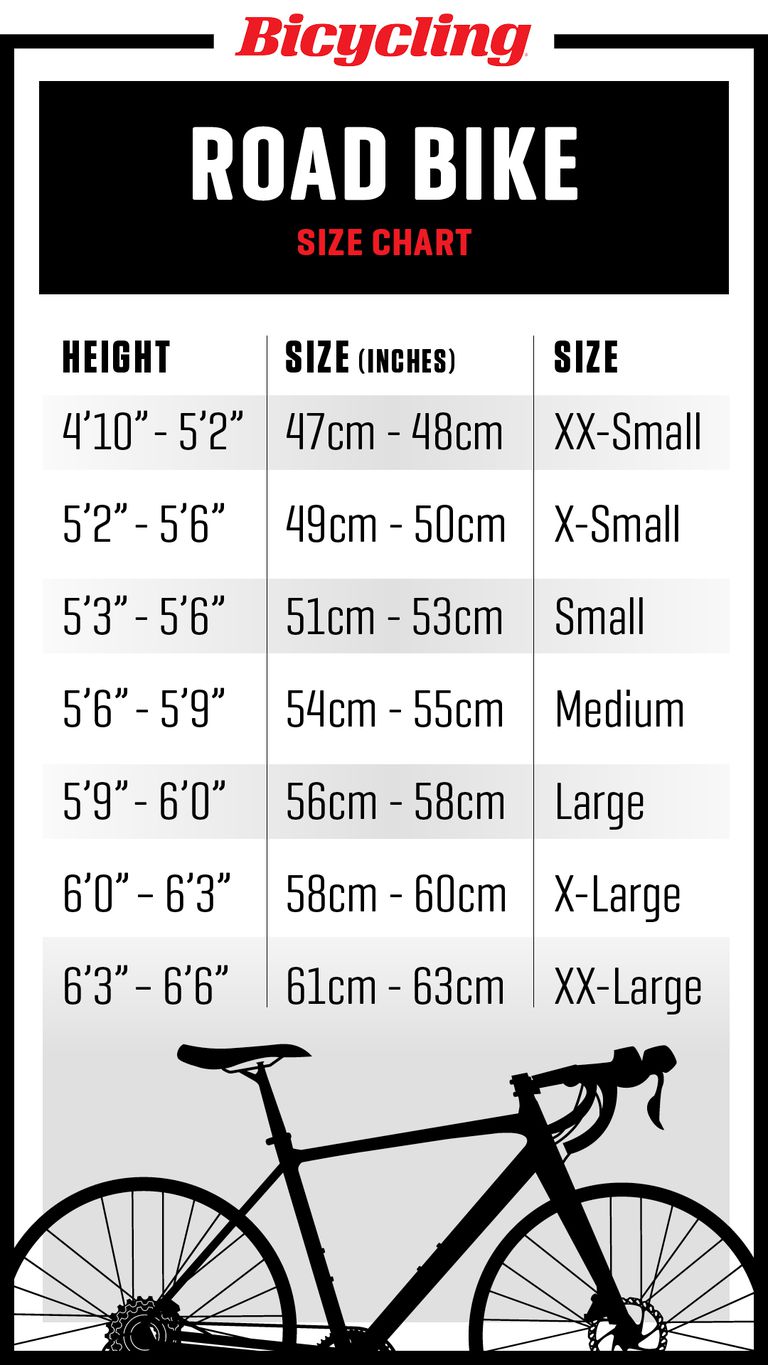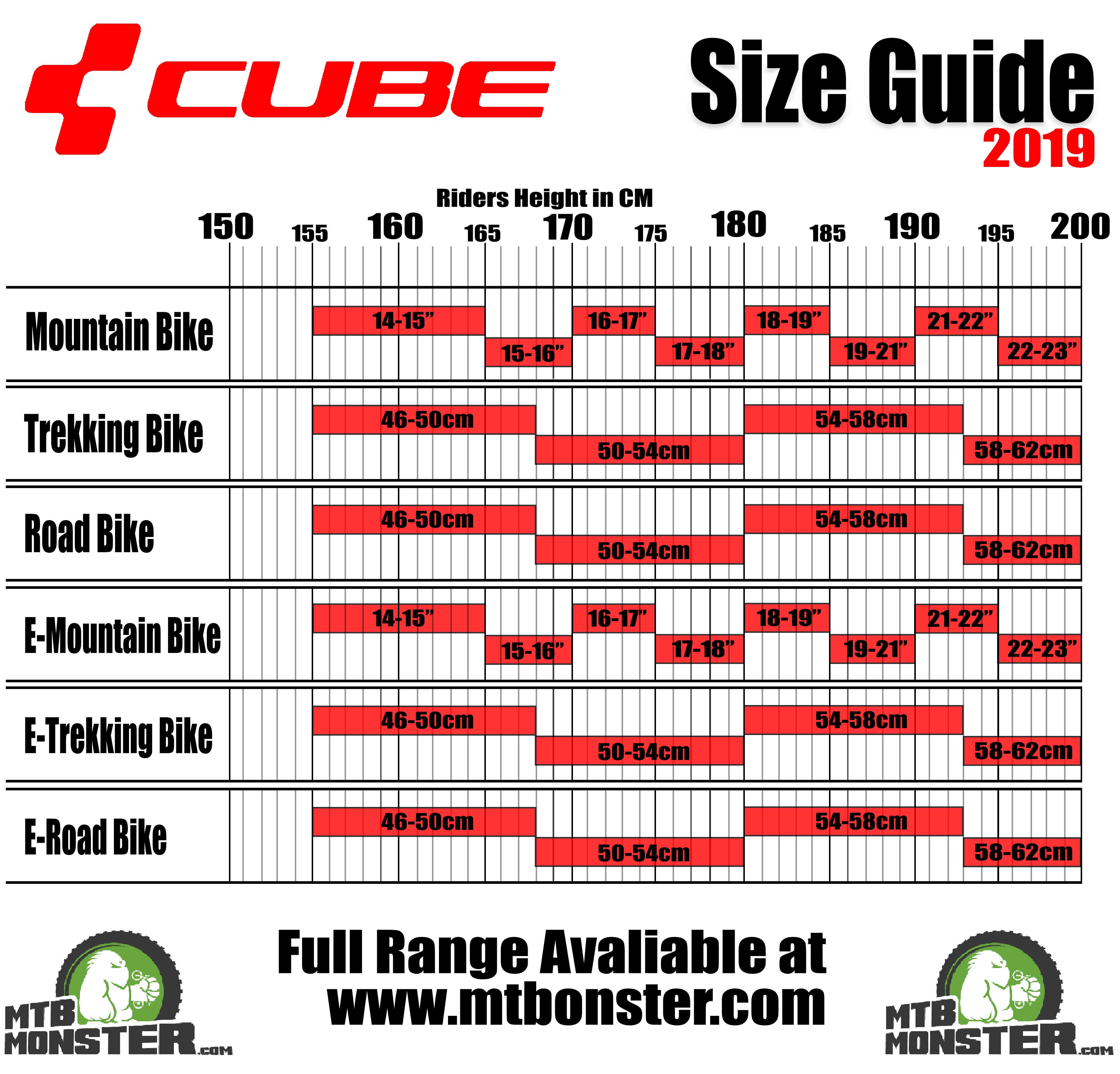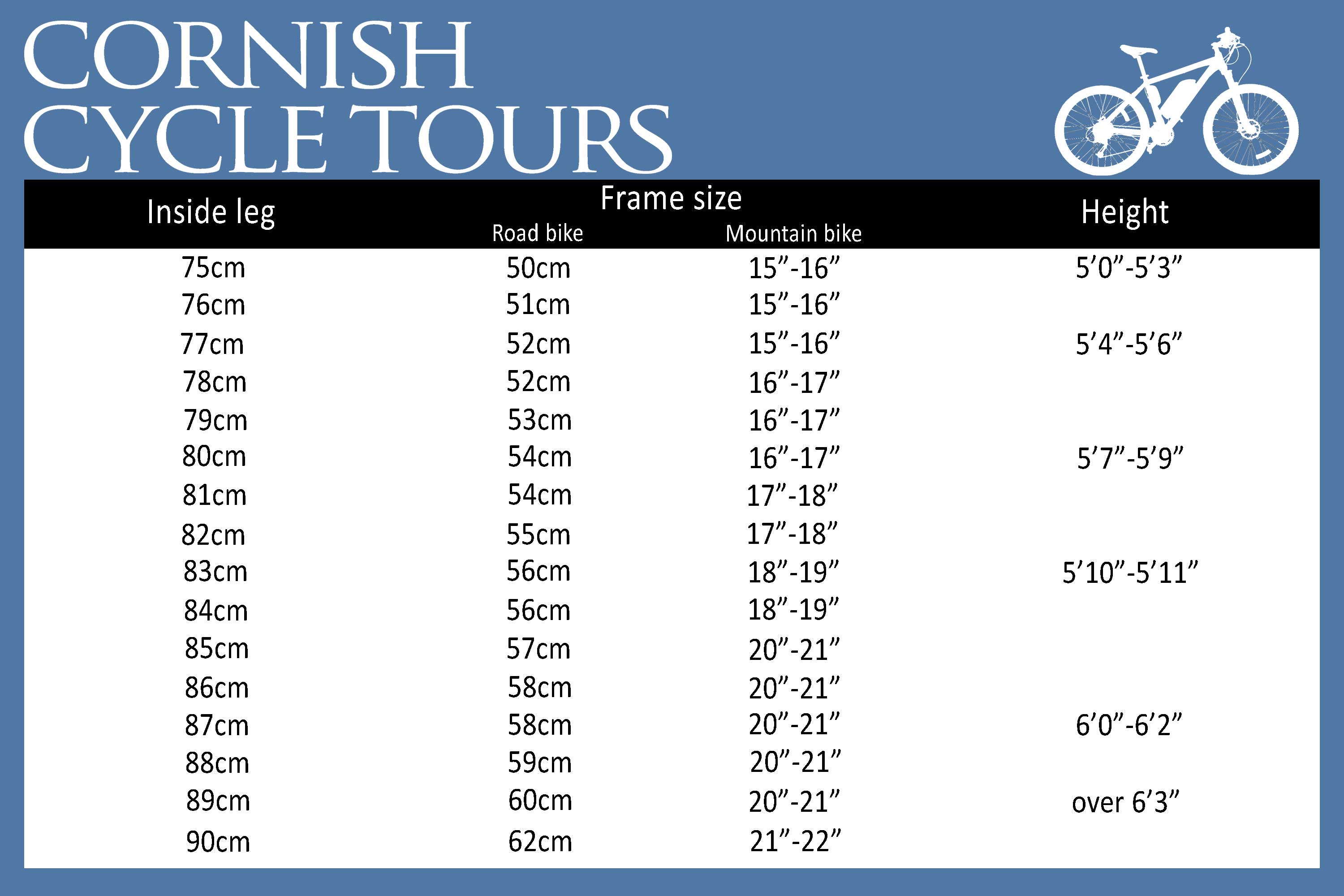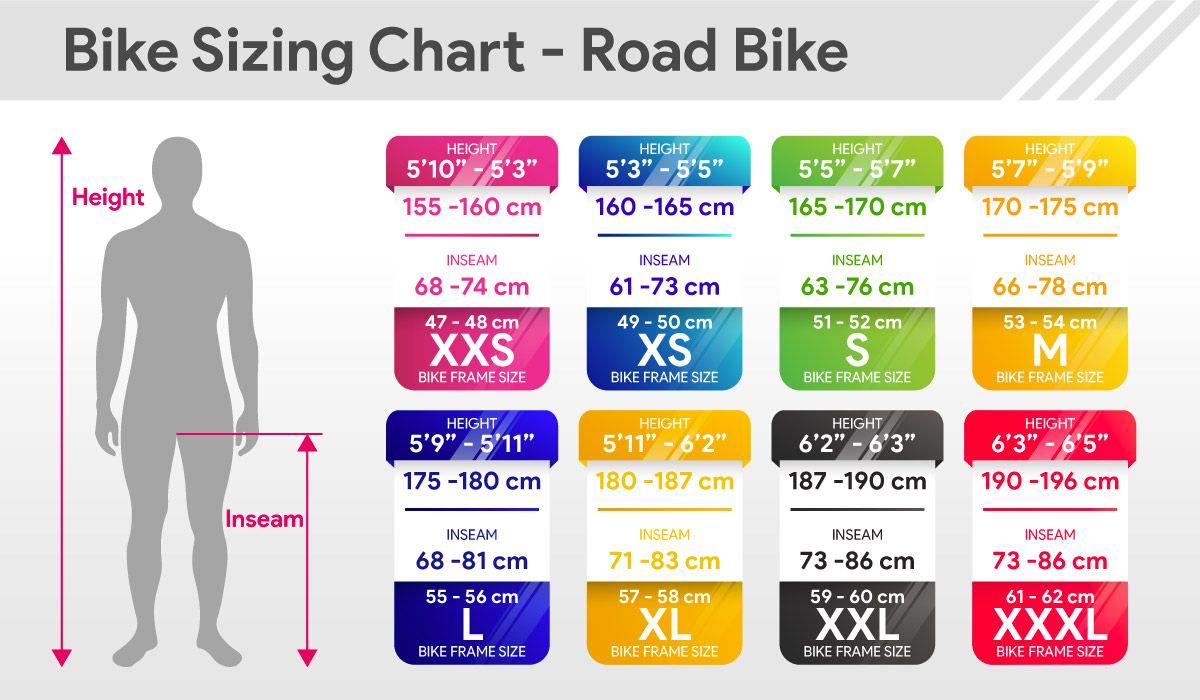How to Choose the Right Bike Size for Your Height
Choosing the right bike size is crucial for a comfortable, efficient, and safe riding experience. A bike that is too small or too large can lead to discomfort, fatigue, and even injury. With so many different bike sizes and styles available, it can be overwhelming to determine the perfect fit. However, by understanding the importance of bike sizing and using a bike height size chart, riders can find their ideal bike size and enjoy a more enjoyable and safe ride.
A bike height size chart is a valuable tool that helps riders match their height to the corresponding bike size. By using this chart, riders can ensure that their bike is the right size for their body, taking into account factors such as standover height, top tube length, and seat tube length. This is especially important for riders who are new to cycling or are looking to upgrade to a new bike.
In addition to using a bike height size chart, riders should also consider their riding style and personal preference when choosing a bike size. For example, riders who prefer a more aggressive riding position may prefer a smaller bike size, while those who prefer a more upright position may prefer a larger size. By taking these factors into account, riders can find a bike size that meets their needs and provides a comfortable and efficient ride.
Furthermore, a proper bike fit can also improve a rider’s performance and reduce the risk of injury. When a bike is the right size, riders can maintain a comfortable position on the bike, which can help to reduce fatigue and improve pedaling efficiency. This can be especially important for riders who are training for a long-distance event or competing in a cycling competition.
In the following sections, we will provide a detailed guide to bike sizing, including a bike height size chart and examples of popular bike models and their corresponding sizes. We will also discuss additional factors to consider when choosing a bike size, such as riding style and personal preference. By the end of this article, readers will have a comprehensive understanding of how to choose the right bike size for their height and riding style.
Understanding Bike Size Charts: What You Need to Know
Bike size charts are an essential tool for finding the right bike size for your height. These charts provide a guide for matching your height to the corresponding bike size, taking into account factors such as standover height, top tube length, and seat tube length. However, not all bike size charts are created equal, and understanding the different types of charts and how to read them is crucial for finding the perfect fit.
There are several types of bike size charts, including road bike, mountain bike, and hybrid bike charts. Each type of chart is designed for a specific type of bike and riding style, and understanding the differences between them is essential for finding the right bike size. For example, road bike size charts typically have a more aggressive geometry, with a longer top tube and shorter seat tube, while mountain bike size charts have a more relaxed geometry, with a shorter top tube and longer seat tube.
When reading a bike size chart, there are several key measurements to consider. Standover height, which is the distance from the ground to the top of the top tube, is a critical measurement for ensuring a safe and comfortable riding position. Top tube length, which is the distance from the head tube to the seat tube, is also important, as it affects the bike’s handling and stability. Seat tube length, which is the distance from the bottom bracket to the top of the seat tube, is also a key measurement, as it affects the bike’s fit and comfort.
In addition to these measurements, bike size charts may also include other factors, such as wheel size, tire size, and crank arm length. Understanding how these factors interact with each other and with the bike’s geometry is essential for finding the perfect fit. By considering these factors and using a bike height size chart, riders can find a bike that is tailored to their specific needs and riding style.
It’s also important to note that bike size charts are not always universal, and different manufacturers may have slightly different sizing charts. Therefore, it’s essential to consult the manufacturer’s sizing chart for the specific bike model you’re interested in, rather than relying on a generic chart. By doing so, you can ensure that you find the perfect fit for your height and riding style.
Measuring Your Height: A Step-by-Step Guide
Measuring your height accurately is a crucial step in finding the right bike size. A precise measurement will ensure that you find a bike that fits you comfortably and efficiently. Here’s a step-by-step guide on how to measure your height accurately:
Step 1: Stand against a wall with your feet shoulder-width apart and your back straight. Make sure you are wearing the same type of shoes you plan to wear while riding your bike.
Step 2: Place a ruler or a tape measure against the wall, parallel to the floor, and level with the top of your head. Make sure the ruler or tape measure is straight and not tilted.
Step 3: Take note of the measurement in inches or centimeters. You can use a pencil to mark the spot on the wall where the top of your head meets the ruler or tape measure.
Step 4: Double-check your measurement by repeating steps 1-3. This will ensure that you get an accurate measurement.
Alternatively, you can use a height chart to measure your height. A height chart is a vertical ruler that is attached to a wall or a door frame. Simply stand against the chart and take note of the measurement.
Once you have your height measurement, you can use a bike height size chart to find the corresponding bike size. Remember to consider other factors such as standover height, top tube length, and seat tube length when choosing a bike size.
By following these steps, you can ensure that you get an accurate measurement of your height, which is essential for finding the right bike size. A proper fit will not only improve your comfort and efficiency but also reduce the risk of injury and improve your overall riding experience.
Bike Height Size Chart: A Detailed Guide
Now that you have measured your height accurately, it’s time to use a bike height size chart to find the corresponding bike size. A bike height size chart is a table or infographic that shows the recommended bike size for different heights. Here is a detailed bike height size chart to help you find your perfect fit:
| Height (inches) | Height (cm) | Bike Size |
|---|---|---|
| 5’2″-5’6″ | 157-168 cm | Small (14-16 inches) |
| 5’7″-5’11” | 170-180 cm | Medium (17-19 inches) |
| 6’0″-6’4″ | 183-193 cm | Large (20-22 inches) |
| 6’5″ and above | 196 cm and above | Extra Large (23 inches and above) |
This bike height size chart is a general guide and may vary depending on the bike manufacturer and model. It’s essential to consult the manufacturer’s sizing chart for the specific bike model you’re interested in.
For example, if you’re 5’9″ (175 cm) tall, you would fall into the medium bike size category. However, if you’re looking at a specific bike model, such as the Trek Domane, you may need to consult the manufacturer’s sizing chart to ensure the best fit.
Remember to consider other factors such as standover height, top tube length, and seat tube length when choosing a bike size. A proper fit will not only improve your comfort and efficiency but also reduce the risk of injury and improve your overall riding experience.
Real-World Examples: Bike Size Charts for Popular Brands
Now that you have a good understanding of bike size charts and how to use them, let’s take a look at some real-world examples from popular bike brands. We’ll explore the bike size charts for Trek, Specialized, and Giant, and provide examples of how to use these charts to find the right bike size for your height.
Trek Bike Size Chart:
Trek’s bike size chart is a great example of how to use a chart to find the right bike size. According to Trek’s chart, a rider who is 5’9″ (175 cm) tall would fall into the medium bike size category. However, if you’re looking at a specific Trek bike model, such as the Trek Domane, you may need to consult the manufacturer’s sizing chart to ensure the best fit.
Specialized Bike Size Chart:
Specialized’s bike size chart is another great example of how to use a chart to find the right bike size. According to Specialized’s chart, a rider who is 5’9″ (175 cm) tall would fall into the medium bike size category. However, if you’re looking at a specific Specialized bike model, such as the Specialized Roubaix, you may need to consult the manufacturer’s sizing chart to ensure the best fit.
Giant Bike Size Chart:
Giant’s bike size chart is a great example of how to use a chart to find the right bike size. According to Giant’s chart, a rider who is 5’9″ (175 cm) tall would fall into the medium bike size category. However, if you’re looking at a specific Giant bike model, such as the Giant TCR, you may need to consult the manufacturer’s sizing chart to ensure the best fit.
By using these bike size charts, you can find the right bike size for your height and ensure a comfortable and efficient riding experience. Remember to always consult the manufacturer’s sizing chart for the specific bike model you’re interested in, as sizing can vary between models.
Additional Factors to Consider: Riding Style and Personal Preference
While a bike height size chart can provide a good starting point for finding the right bike size, there are other factors to consider when choosing a bike size. Riding style and personal preference can play a significant role in determining the ideal bike size.
Riding style is an important factor to consider when choosing a bike size. For example, if you’re an aggressive rider who likes to ride in a more aerodynamic position, you may prefer a smaller bike size to allow for a more compact riding position. On the other hand, if you’re a casual rider who prefers a more upright riding position, you may prefer a larger bike size to provide more comfort and stability.
Personal preference is also an important factor to consider when choosing a bike size. For example, if you prefer a more upright riding position, you may prefer a bike with a taller head tube and a more relaxed geometry. On the other hand, if you prefer a more aggressive riding position, you may prefer a bike with a shorter head tube and a more aggressive geometry.
Other factors to consider when choosing a bike size include the type of riding you’ll be doing, the terrain you’ll be riding on, and the type of bike you’re riding. For example, if you’ll be riding on rough terrain, you may prefer a bike with a more relaxed geometry and a larger tire size to provide more comfort and stability.
Ultimately, the key to finding the right bike size is to consider a combination of factors, including your height, riding style, and personal preference. By taking the time to consider these factors and using a bike height size chart as a guide, you can find a bike that fits you perfectly and provides a comfortable and efficient riding experience.
Test Ride and Adjust: Fine-Tuning Your Bike Fit
Once you’ve found a bike that fits your height and riding style, it’s essential to test ride the bike and make any necessary adjustments to ensure a comfortable and efficient riding position. A proper bike fit can make a significant difference in your riding experience, and a few simple adjustments can make all the difference.
Here are some tips for fine-tuning your bike fit:
Saddle Height: The saddle height should be adjusted so that your leg is almost fully extended when the pedal is in its lowest position. This will help you maintain a comfortable riding position and avoid putting too much strain on your knees.
Handlebar Position: The handlebar position should be adjusted so that your back is straight and your hands are in a comfortable position. You should be able to reach the handlebars without straining your back or shoulders.
Seat Position: The seat position should be adjusted so that your knees are over the pedals and your weight is evenly distributed on the saddle. This will help you maintain a comfortable riding position and avoid putting too much strain on your knees.
By following these tips and making any necessary adjustments, you can fine-tune your bike fit and ensure a comfortable and efficient riding experience. Remember, a proper bike fit is essential for a safe and enjoyable ride, so don’t be afraid to experiment and find the perfect fit for you.
Conclusion: Finding Your Perfect Bike Fit
Choosing the right bike size is crucial for a comfortable, efficient, and safe riding experience. By using a bike height size chart and considering additional factors such as riding style and personal preference, you can find a bike that fits you perfectly.
In this article, we have provided a comprehensive guide to bike sizing, including a detailed bike height size chart and examples of popular bike models and their corresponding sizes. We have also discussed the importance of test riding a bike and adjusting the fit to your needs.
By following the guidelines and tips outlined in this article, you can find your perfect bike fit and enjoy a safe and enjoyable riding experience. Remember, a proper bike fit is essential for comfort, efficiency, and safety, so don’t be afraid to experiment and find the perfect fit for you.
Whether you’re a seasoned cyclist or just starting out, finding the right bike size is crucial for a enjoyable and safe riding experience. By using the bike height size chart and guidelines provided in this article, you can find a bike that fits you perfectly and enjoy the many benefits of cycling.


